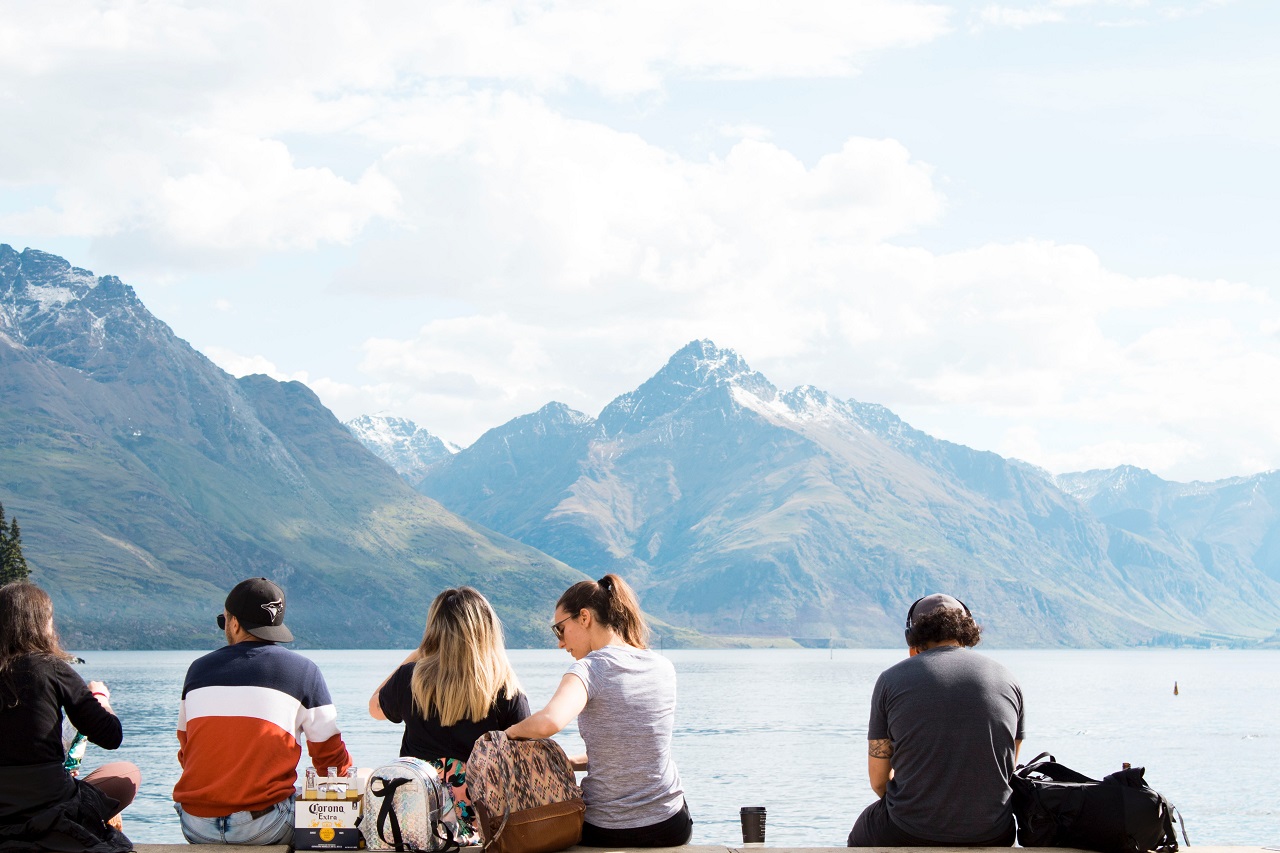-

Seismic risk monitoring of strategic buildings
Your content1 -

Firerisk prevention and protection
Your content2
What’s the Seismic Activity of Popular Tourist Places in Italy?

Italy is one of the most visited countries in the world. Millions of people, around 65 million to be exact, visit Italy every year to see ancient Roman artefacts and Renaissance architecture and art.
These people, however, might not be aware that Italy is among the countries that experience the most seismic activity in Europe and even the world. Unfortunately, earthquakes are common occurrence whereas over 260 earthquakes with a magnitude of 5.5 and higher have happened in the last 1,000 years, along with other earthquakes of lower magnitude.
The whole Italian peninsula is prone to earthquakes due to its geological location, but there are zones which are especially affected by such cataclysms. We will discuss these zones today and also give you tips as to what to do if that happens during your vacation.
Seismic Zones in Italy
As already mentioned, there is seismic activity in the whole country, but the situation is worse in specific regions. Italy has thus divided the country into 4 zones, based on seismic activity, with zone 1 being the most dangerous, and zone 4 – the least. We’ll concentrate on zone 1 and especially the tourist spots there.
The Italian provinces with dangerously high seismic activity are Friuli-Venezia Giulia, Abruzzo, Molise, Campania, Basilicata, Calabria and Sicilia (or Sicily), along with very small parts of Umbria and Lazio.
Out of these provinces, Calabria is the most dangerous one as the whole province falls into zone 1, while the rest have parts that are not as affected by seismic activity. Calabria is the birthplace of Pythagoras and Herodotus, and even the name ‘Italy’, which makes it a very popular tourist spot. Tropea and Reggio Calabria are the top contenders there.
Let’s also list some famous tourist places in the other provinces that find themselves in zone 1:
- Trieste (Friuli-Venezia Giulia)
- Pescara (Abruzzo)
- Termoli (Molise)
- Naples (Campania)
- Matera (Basilicata)
- Taormina (Sicilia)
Earthquake Measures in Italy
Now that we know which parts of Italy are usually hit the hardest by earthquakes, let’s examine what the country and certain private businesses do in order to minimise the danger.
For instance, after a few devastating earthquakes in Italy that tragically claimed the lives of hundreds of people, the geological institutes in the country, along with private researches, have attempted to create better tools to predict seismic activity.
A famous case study, that has since been referenced many times, is the 1887 Ligurian earthquake (occurring near the famous tourist spot of Sanremo) which left places abandoned and cost the lives of thousands. Scientists have carefully studied this case which helped them come up with better measures for earthquakes.
Italy has introduced building-planning measures whereas ‘each building has its own acceleration, according to geographical coordinates of the project area and to the nominal design life of a building’ (as per the Italian Civil Protection Department). Italy is currently aiming to make every existing building earthquake-proof, although this can take decades to fully implement.
In addition, Italy has tried to encourage greater insurance coverage to help people and businesses in the face of an earthquake, as well as the state coffers. People and businesses can claim tax returns when they purchase such insurance. Since they have the financial incentive to do so, many private businesses have already purchased earthquake insurance and strengthened their buildings.
Still, if there is even the slightest possibility of an earthquake, cancel your plans for the day. You don’t have to go to that famous old casino, for example, when there are plenty of Italian online operators to choose from.
Things to Do in Case of an Earthquake
Although the science surrounding earthquakes has improved greatly in the last few decades, and we are now able to more accurately predict upcoming cataclysms, earthquakes can still be unpredictable and you should be on high alert at all times when you’re visiting Italy, especially if you are in zone 1.
Let’s look at the Liguria example again. The province is now much better equipped for earthquakes with buildings able to sustain bigger hits and people and businesses having strict earthquake protocols, but the province still experienced significant issues after the last big earthquake (4.5 on Richter scale in November, 2022).
So, if you’re as in love with Sanremo as we are, you should be prepared in case it’s hit again with a terrible earthquake. Not only that, but an earthquake in Liguria can also lead to a tsunami, as it has in the past.
Without further ado, here are tips if your travel destination is hit by an earthquake:
- If you hear of an earthquake happening at your destination before you leave for it, don’t immediately cancel your plans. Call the travel agent/hotel to assess the situation and then make your mind.
- When an earthquake hits, try to avoid closed places, especially concrete buildings.
- Do not use elevators, always use stairs to leave the building.
- Try to be as far from buildings as possible, because they may fully or partially collapse.
- Avoid being around trees, telephone poles or wires.
- Only take your travel documents and phone with you. You don’t need the extra weight when you’re escaping a building.
- Once outside in the open, stay down low.





